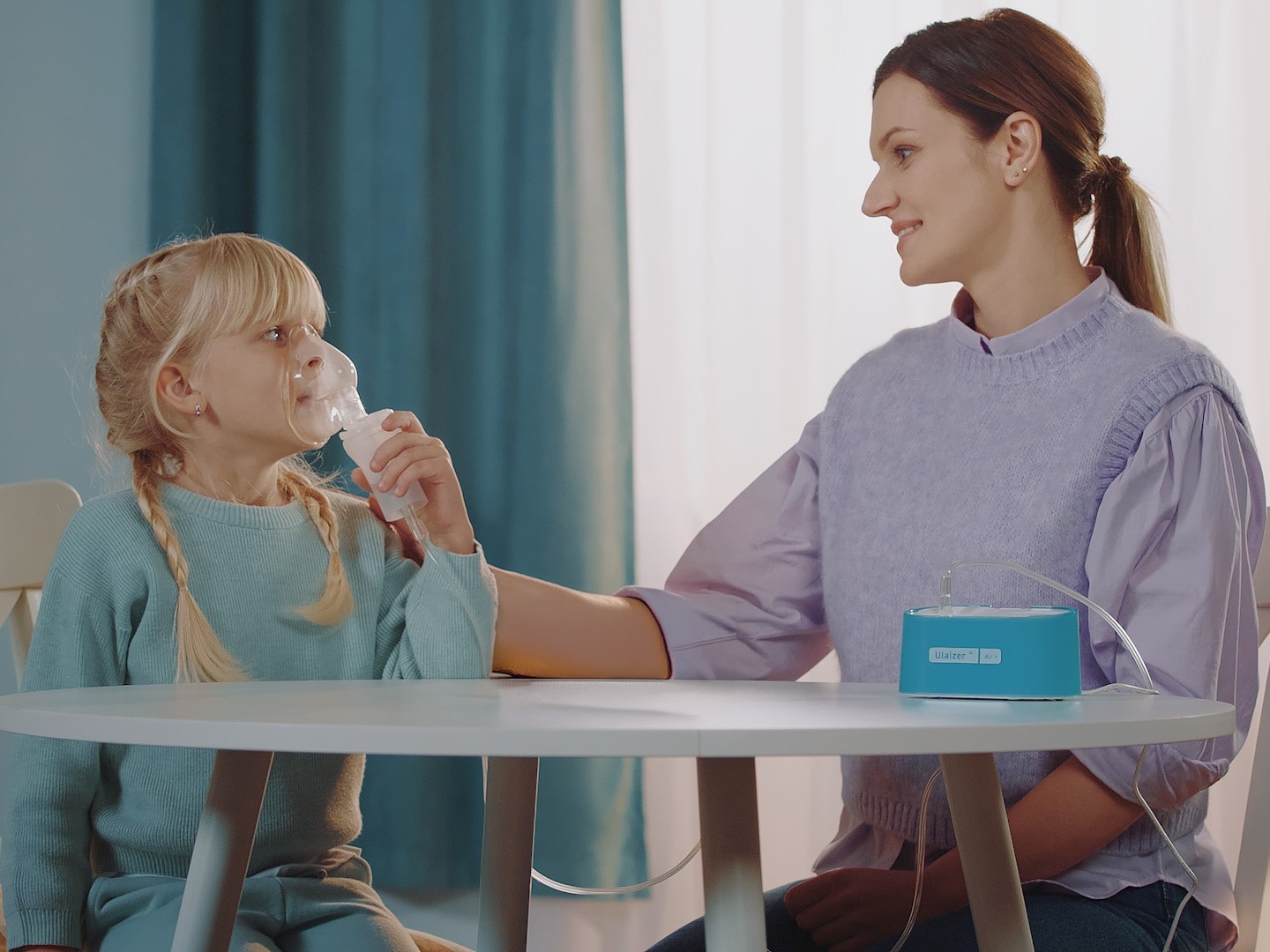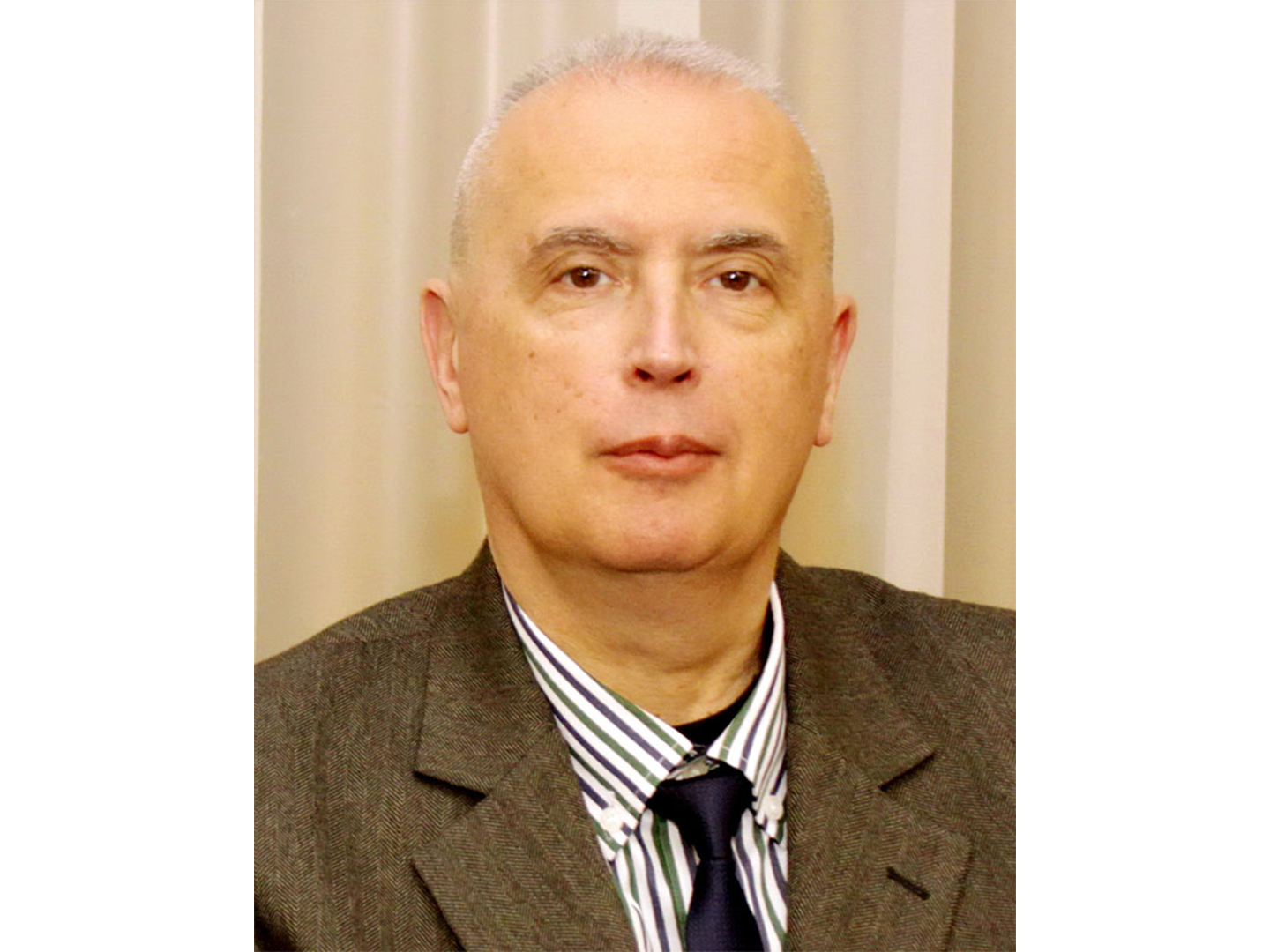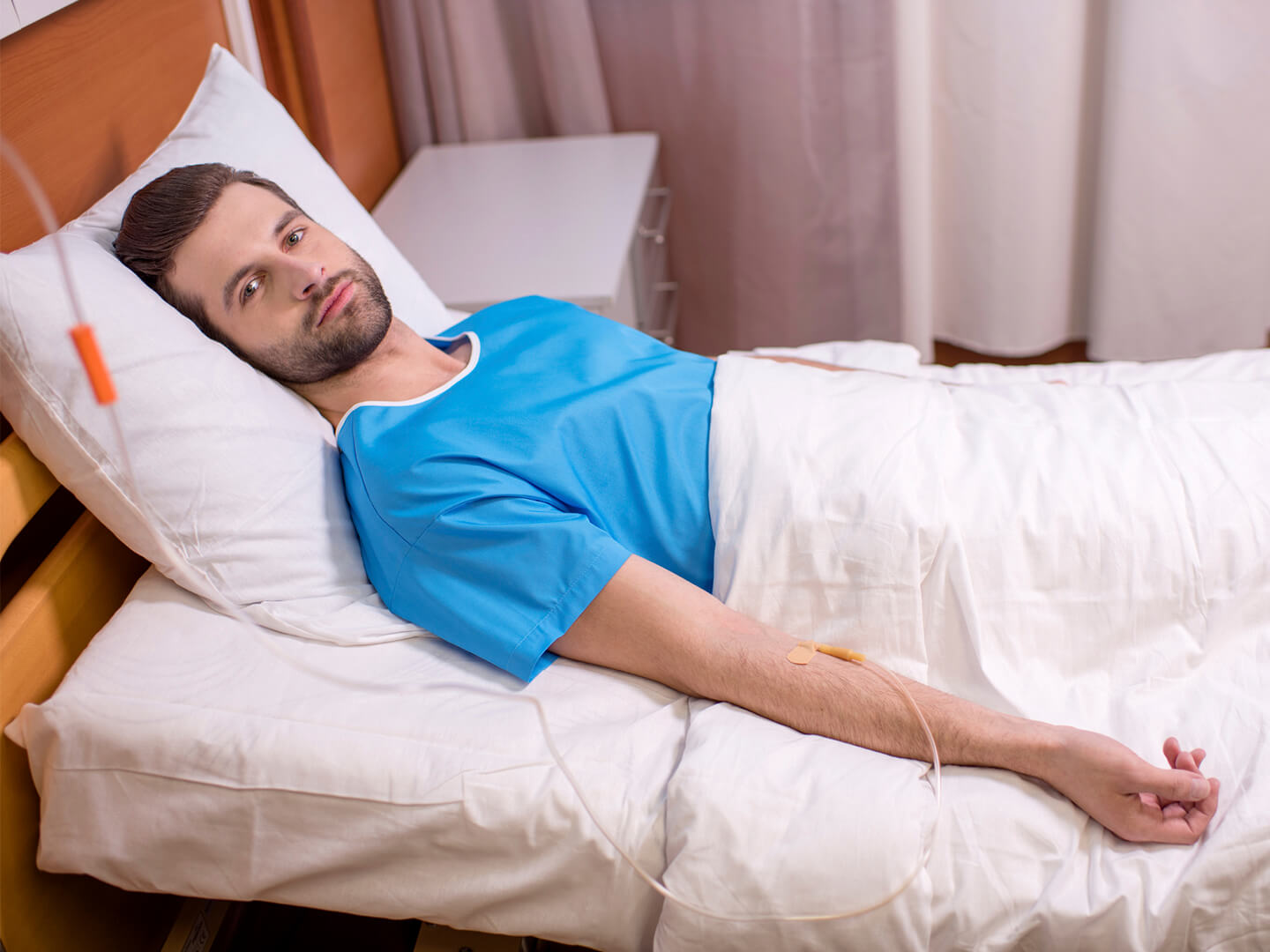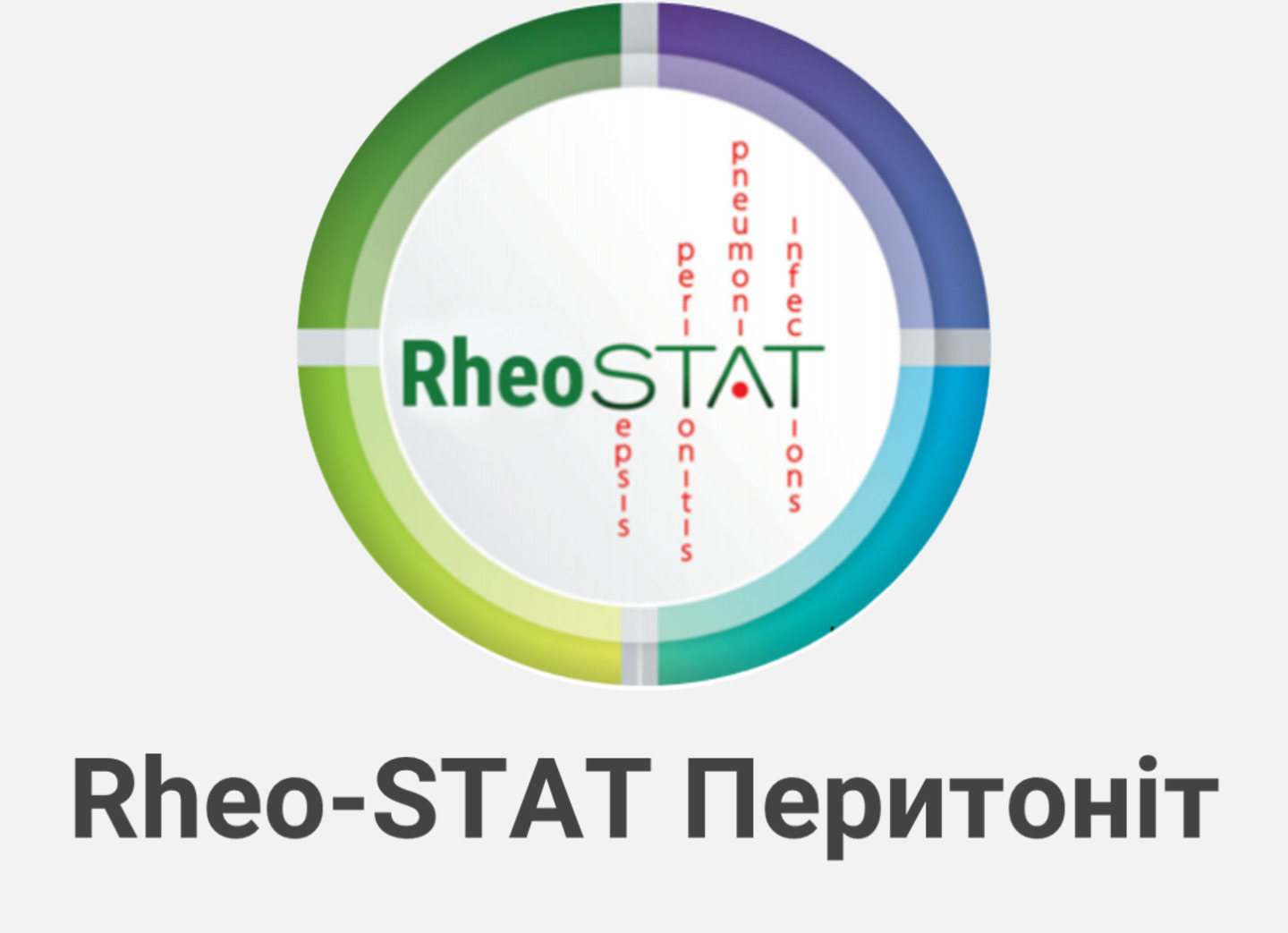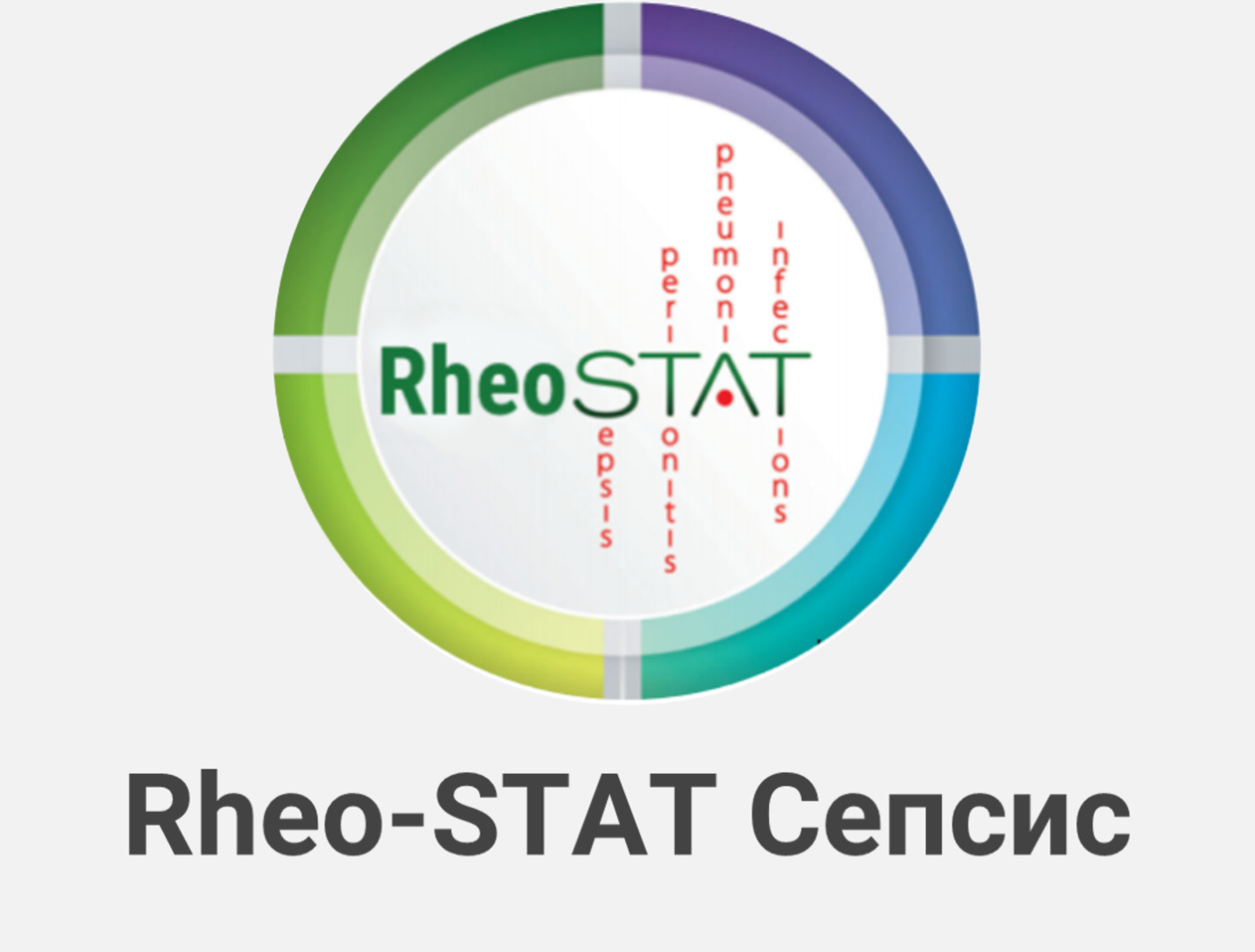Effects of Edaravone on Muscle Atrophy and Locomotor Function in Patients with Ischemic Stroke (a Randomized Controlled Pilot Study)
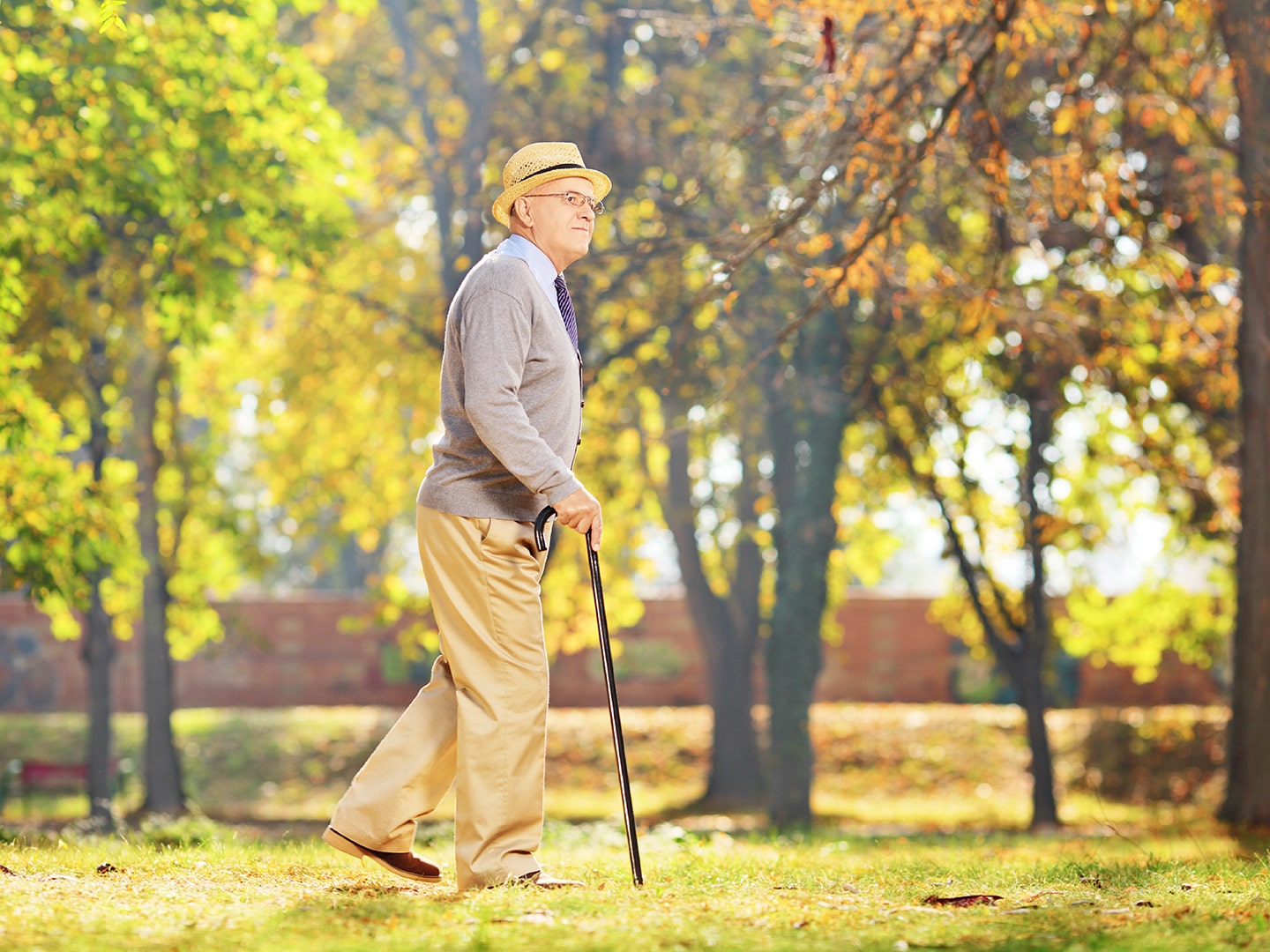
Background and Objective: Stroke patients with severe leg paralysis are often bedridden in the acute and subacute phase, which increases the risk of disuse muscle atrophy in the chronic phase. The evidence to date indicates that oxidative stress plays an important role in the mechanism of disuse muscle atrophy. Therefore, the aim of this study was to determine if long-term radical scavenger treatment with edaravone following an acute stroke prevents the progression of disuse muscle atrophy and improves leg locomotor function in the chronic phase.
Methods: This randomized controlled pilot study was conducted at 19 acute stroke and rehabilitation centers across Japan. Forty-seven ischemic stroke patients with at least leg motor weakness admitted within 24 hours of onset were randomly assigned to receive continuous intravenous infusions of edaravone 30mg twice daily for 3 days (short-term group) or 10–14 days (long-term group).
The primary endpoints of the study included the degree of leg disuse muscle atrophy, as measured by the percentage change from baseline in femoral muscle circumference 15 cm above the knee, and the improvement in leg locomotor function, as assessed by the maximum walking speed over 10 m, 3 months after the onset of stroke.
Results: Three-month follow-up was completed by a total of 41 patients (21 in the short-term group and 20 in the long-term group). On admission, there was no significant difference in the severity of stroke or the grade of leg paresis between the two treatment groups. The grade of disuse muscle atrophy and incidence of gait impairment 3 weeks after stroke onset were also similar between the short- and long-term groups.
However, disuse muscle atrophy of the paretic and non-paretic legs was significantly less severe in the long-term versus the short-term treatment group (3.6 – 5.9% and 1.5 – 6.0% vs 8.3 – 5.2% and 5.7 – 6.4%; p< 0.01 and p < 0.05) 3 months after stroke onset. Additionally, the maximum walking speed over a distance of 10m was significantly greater in the long-term group (98 – 67 vs 54 – 55 cm/sec; p < 0.05).
Conclusion: Edaravone treatment for up to 14 days suppresses the progression of disuse muscle atrophy and improves leg locomotor function to a greater extent than shorter-term treatment in acute stroke patients. This suggests that the management of stroke may be improved with long-term edaravone therapy by providing myoprotective effects that ameliorate functional outcome in the chronic phase.
Key words: edaravone, study, myoprotective, locomotor function, muscle atrophy.
Authors:
Hiroaki Naritomi,1 Hiroshi Moriwaki,2 Norifumi Metoki,3 Hiroyuki Nishimura,4 Yasuto Higashi,5 Yasumasa Yamamoto,6 Hiroyuki Yuasa,7 Hiroshi Oe,1 Kortaro Tanaka,8 Kozue Saito,2 Yasuo Terayama,9 Tadafumi Oda,10 Norio Tanahashi11 and Hisao Kondo,12 on behalf of the MARVELOUS (Muscular Atrophy Restraint with Vigilant Edaravone Long-term Use after Stroke) Study Group
1 Senri Chuo Hospital, Toyonaka, Japan
2 National Cerebral and Cardiovascular Center, Suita, Japan
3 Hirosaki Stroke Center, Hirosaki, Japan
4 Nishinomiya Kyoritsu Neurosurgical Hospital, Nishinomiya, Japan
5 Himeji Central Hospital, Himeji, Japan
6 Kyoto Second Red Cross Hospital, Kyoto, Japan
7 Tosei General Hospital, Seto, Japan
8 Toyama University, Toyama, Japan
9 Iwate Medical University, Morioka, Japan
10 Saito Yukoukai Hospital, Ibaraki, Japan
11 Saitama Medical University International Medical Center, Hidaka, Japan
12 Kyushu University, Fukuoka, Japan
Literature:
- Donnan GA, Fisher M, Macleod M, et al. Stroke. Lancet 2008 May 10; 371 (9624): 1612-23
- Schneider R, Gautier JC. Leg weakness due to stroke: site of lesions, weakness patterns and causes. Brain 1994 Apr; 117 (Pt 2): 347-54
- Kortebein P, Ferrando A, Lombeida J, et al. Effect of 10 days of bed rest on skeletal muscle in healthy older adults. JAMA 2007 Apr 25; 297 (16): 1772-4
- Kondo K, Ota T. Changes with time in cross-sectional areas of leg muscles in early stroke rehabilitation patients: disuse muscle atrophy and its recovery. Jpn J Rehabil Med 1997; 34: 124-33
- Odajima N, Ishiai S, Okiyama R, et al. CT findings of leg muscles in the hemiplegics due to cerebrovascular accidents: correlation to disuse atrophy. Rinsho Shinkeigaku 1987 Sep; 27 (9): 1154-62
- Kondo H. Oxidative stress in skeletal muscle atrophy induced by immobilization. In: Reznick AZ, editor. Oxidative stress in skeletal muscle. Basel: Birkhauser, 1998: 197-13
- Kondo H. Oxidative stress in muscular atrophy. In: Sen CK, Hanninen O, editors. Handbook of oxidants and antioxidants in exercise. Amsterdam: Elsevier, 2000: 631-53
- Kondo H, Itokawa Y. Oxidative stress in muscular atrophy. In: Sen CK, Packer L, Hanninen O, editors. Exercise and oxygen toxicity. Amsterdam: Elsevier, 1994: 319-42
- Powers SK, Kavazis AN, DeRuisseau KC. Mechanisms of disuse muscle atrophy: role of oxidative stress. Am J Physiol Regul Integr Comp Physiol 2005 Feb; 288 (2): R337-44
- Powers SK, Kavazis AN, McClung JM. Oxidative stress and disuse muscle atrophy. J Appl Physiol 2007 Jun; 102 (6): 2389-97
- Edaravone Acute Infarction Study Group. Effect of a novel free radical scavenger, edaravone (MCI-186), on acute brain infarction: randomized, placebo-controlled, double-blind study at multicenters. Cerebrovasc Dis 2003; 15 (3): 222-9
- Unno Y, Katayama M, Shimizu H. Does functional outcome in acute ischaemic stroke patients correlate with the amount of free-radical scavenger treatment? A retrospective study of edaravone therapy. Clin Drug Investig 2010; 30 (3): 143-55
- Lapchak PA. A critical assessment of edaravone acute ischemic stroke efficacy trials: is edaravone an effective neuroprotective therapy? Expert Opin Pharmacother 2010; 11 (10): 1753-63
- Yamamoto Y, Kuwahara T, Watanabe K. Antioxidant activity of 3-methyl-1-phenyl-2-pyrazolin-5-one. Redox Rep 1996; 2: 333-8
- Lee BJ, Egi Y, van Leyen K, et al. Edaravone, a free radical scavenger, protects components of the neurovascular unit against oxidative stress in vitro. Brain Res 2010 Jan 11; 1307: 22-7
- Ueno Y, Zhang N, Miyamoto N, et al. Edaravone attenuates white matter lesions through endothelial protection in a rat chronic hypoperfusion model. Neuroscience 2009 Aug 18; 162 (2): 317-27
- Yamamoto T, Yuki S, Watanabe T, et al. Delayed neuronal death prevented by inhibition of increased hydroxyl radical formation in a transient cerebral ischemia. Brain Res 1997 Jul 11; 762 (1-2): 240-2
- Мицубиси Танабе Фарма Корпорейшн Radicut (edaravone) [Japanese prescribing information]. Osaka: Mitsubishi Tanabe Pharma Corporation, 2009
- Astrup J, Siesjo BK, Symon L. Thresholds in cerebral ischemia: the ischemic penumbra. Stroke 1981 Nov-Dec; 12 (6): 723-5
- Heiss WD. Experimental evidence of ischemic thresholds and functional recovery. Stroke 1992 Nov; 23 (11): 1668-72
- Brunnstrom S. Motor testing procedures in hemiplegia: based on sequential recovery stages. Phys Ther 1966 Apr; 46 (4): 357-75
- Dorman PJ, Counsell CE, Sanderrock PAG. Recently developed neuroprotective therapies for acute stroke: a qualitative systematic review of clinical trials. CNS Drugs 1996; 5 (6): 457-74
- Ginsberg MD. Neuroprotection for ischemic stroke: past, present and future. Neuropharmacology 2008 Sep; 55 (3): 363-89
- O’Collins VE, Macleod MR, Donnan GA, et al. 1,026 experimental treatments in acute stroke. Ann Neurol 2006 Mar; 59 (3): 467-77
- Shuaib A, Lees KR, Lyden P, et al. NXY-059 for the treatment of acute ischemic stroke. N Engl J Med 2007 Aug 9; 357 (6): 562-71
- Kondo H, Miura M, Kodama J, et al. Role of iron in oxidative stress in skeletal muscle atrophied by immobilization. Pflugers Arch 1992 Jun; 421 (2-3): 295-7
- Kondo H, Kodama J, Kishibe T, et al. Oxidative stress during recovery from muscle atrophy. FEBS Lett 1993 Jul 12; 326 (1-3): 189-91
- Yamamoto Y, Yanagisawa M, Tak NW, et al. Repeated edaravone treatment reduces oxidative cell damage in rat brain induced by middle cerebral artery occlusion. Redox Rep 2009; 14 (6): 251-8
- Houkin K, Ueno K, Tada M, et al. Arterial recanalization in an acute stage of cerebral infarction. Neurol Med Chir (Tokyo) 1987 Apr; 27 (4): 295-301

